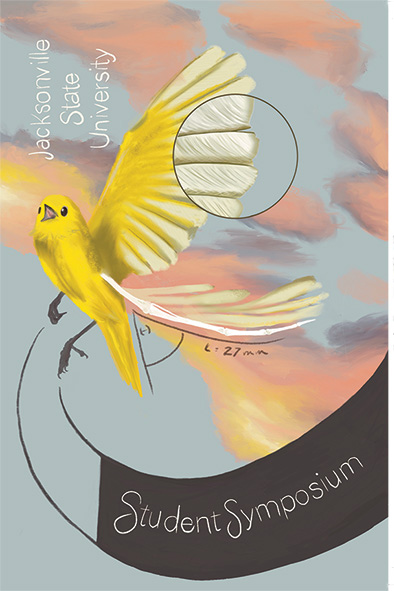
Gamification Marketplace
Date
2-14-2023
Faculty Mentor
David Thornton, Mathematics, Computing and Information Science
Loading...
Files
Submission Type
Paper
Location
8:45-8:55am | Houston Cole Library, 11th Floor
Description
In the class Software Engineering II, my team and I were tasked with the project of creating the design implementation of a Marketplace application. The purpose of the Marketplace application is to give instructors the ability to create purchasable items in a store that can be used with real in-course effects that students can buy and activate. With this project, we focused more directly on the different developmental stages of the app. We took on more of a managerial role or a product owner role rather than the roles of the programmer or software designer. In these roles, we focused on determining what needed to be included in the application and what the client (Dr. Thornton) wanted the application to accomplish, what features the client wanted, and any other information, ideas, and aspects the client wanted the development team to achieve with their application. This application would be built into a Learning Management System (LMS) such as Canvas or Blackboard and can be used throughout any course within a school. With this application, a teacher can create items that they can sell to the students through the Marketplace using a fake online currency that the teacher awards to the students. The application is connected to the Learning Management System of the school, so the teacher would be able to access the Marketplace from their LMS. In the Marketplace application, they will be able to view any items they created, view items that belong to certain classes, and see the balances of the students in their classes. For the development of this application, we spoke with the client (Dr. Thornton) and interviewed him about what he wanted for the application. Once we had the design aspects of the application, we began to work through the functional and nonfunctional requirements that would be needed. These were combined to make the software system requirements. We then created a use-case diagram to map out the most important features of the application. Next, we created the sequence diagrams which were based on the different features of the use-case diagram. The sequence diagrams were meant to go more in-depth with the features. Then, we completed the class diagram which would give the software developers the starting points and methods that they would need for the project. We created the database schema which is essentially the structure for the database. Finally, we created the data dictionary and the interface mockups. The data dictionary is meant to give the client, the team members, and the product developers that defined attributes from the database schema. The interface mockups were meant to present the application’s basic functionalities and display the visual details that the client wants with their product.
Keywords
student research, computing
Rights
This content is the property of Jacksonville State University and is intended for non-commercial use. Video and images may be copied for personal use, research, teaching or any "fair use" as defined by copyright law. Users are asked to acknowledge Jacksonville State University. For more information, please contact digitalcommons@jsu.edu.
Disciplines
Computer Sciences
Recommended Citation
Barkley, Victoria, "Gamification Marketplace" (2023). JSU Student Symposium 2023. 2.
https://digitalcommons.jsu.edu/ce_jsustudentsymp_2023/2



